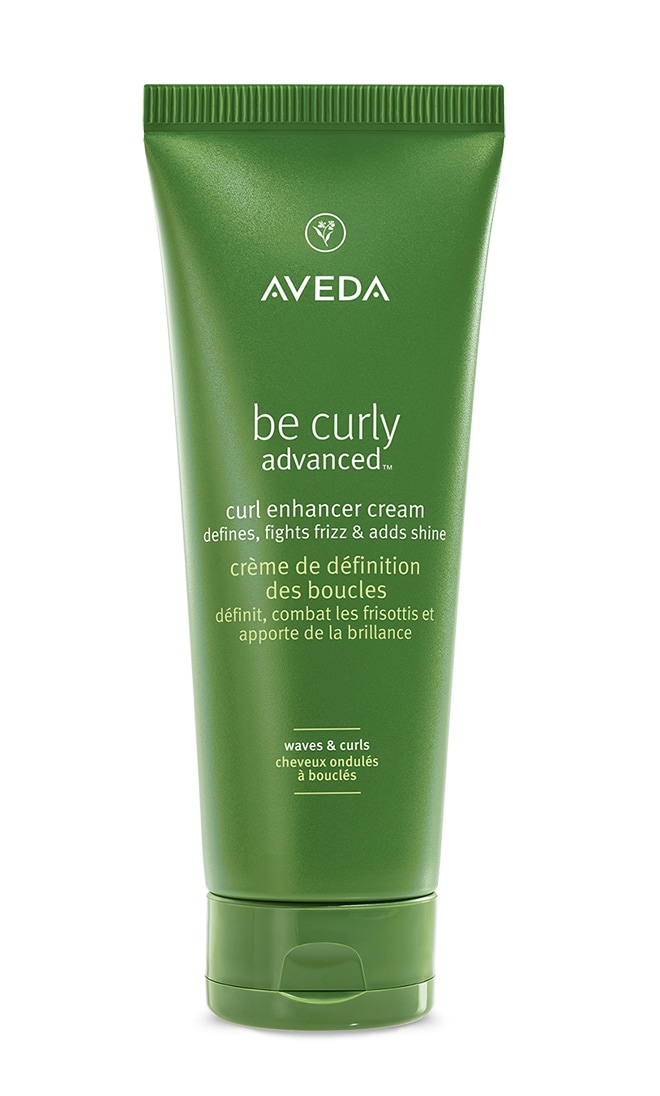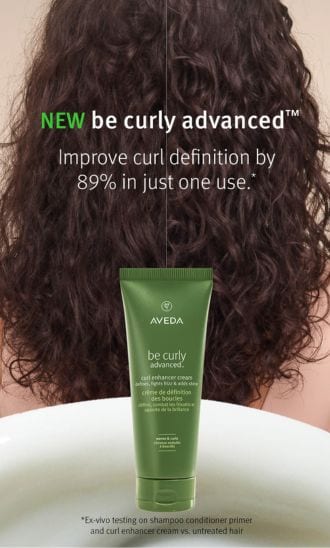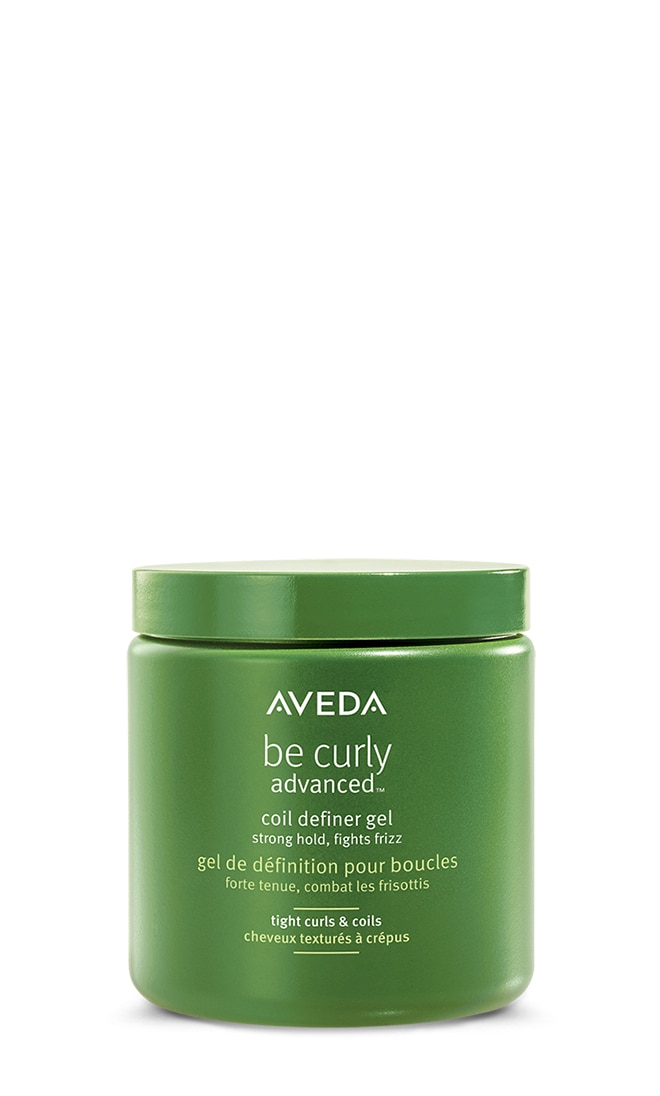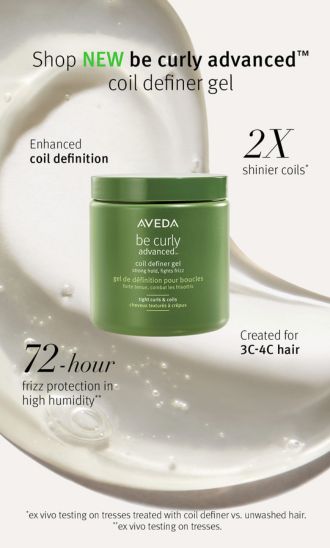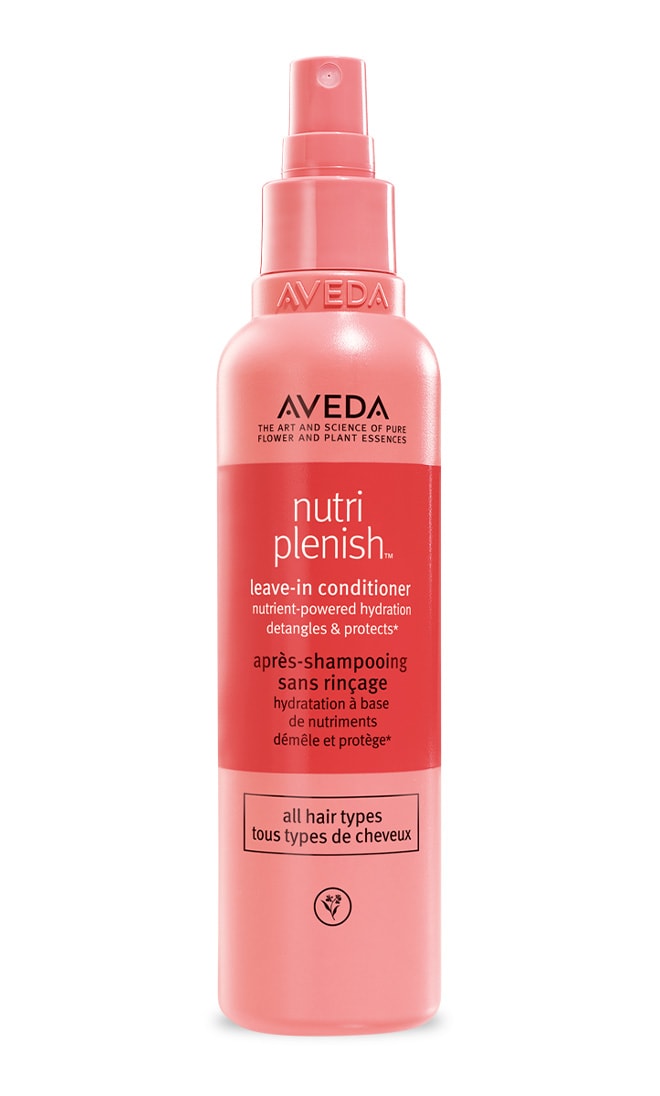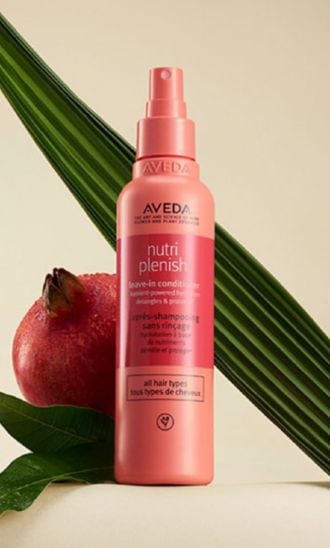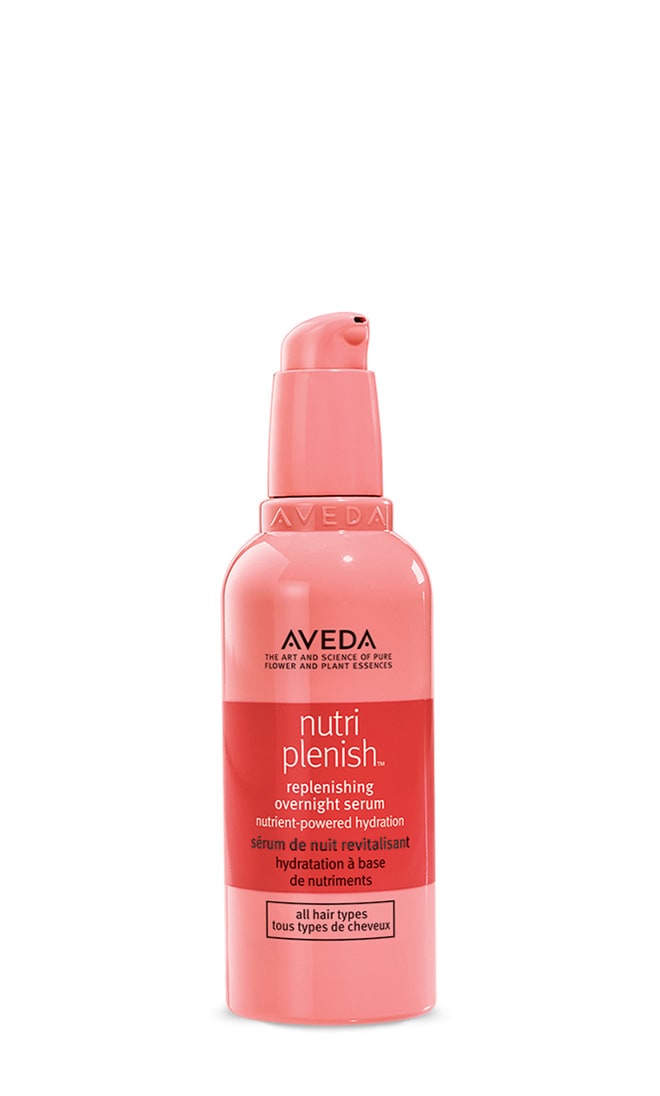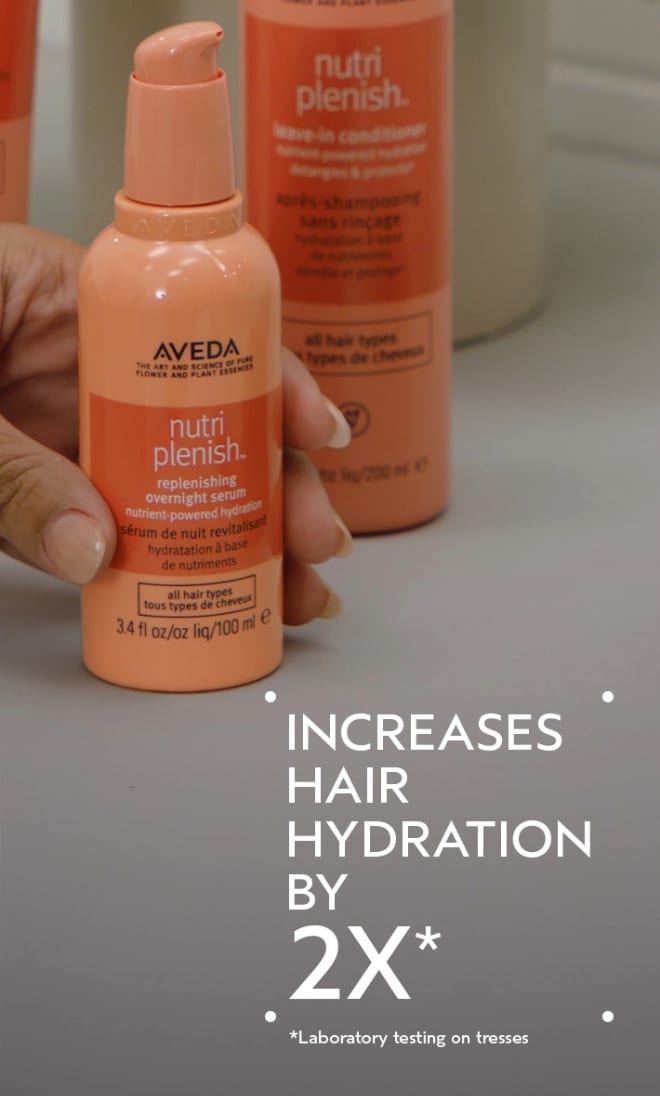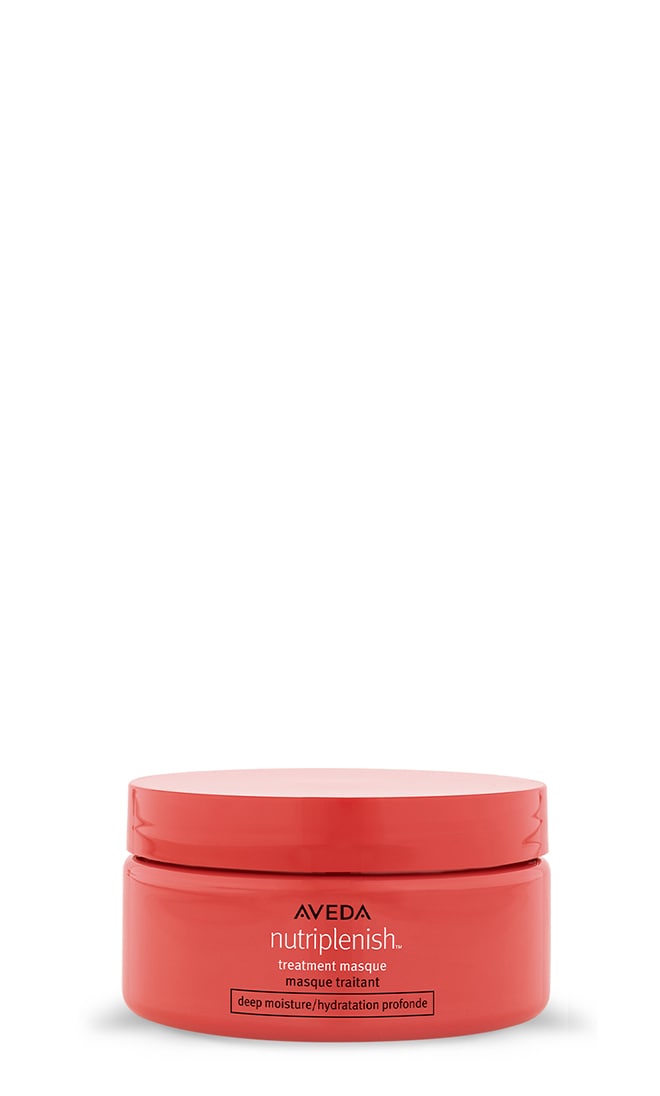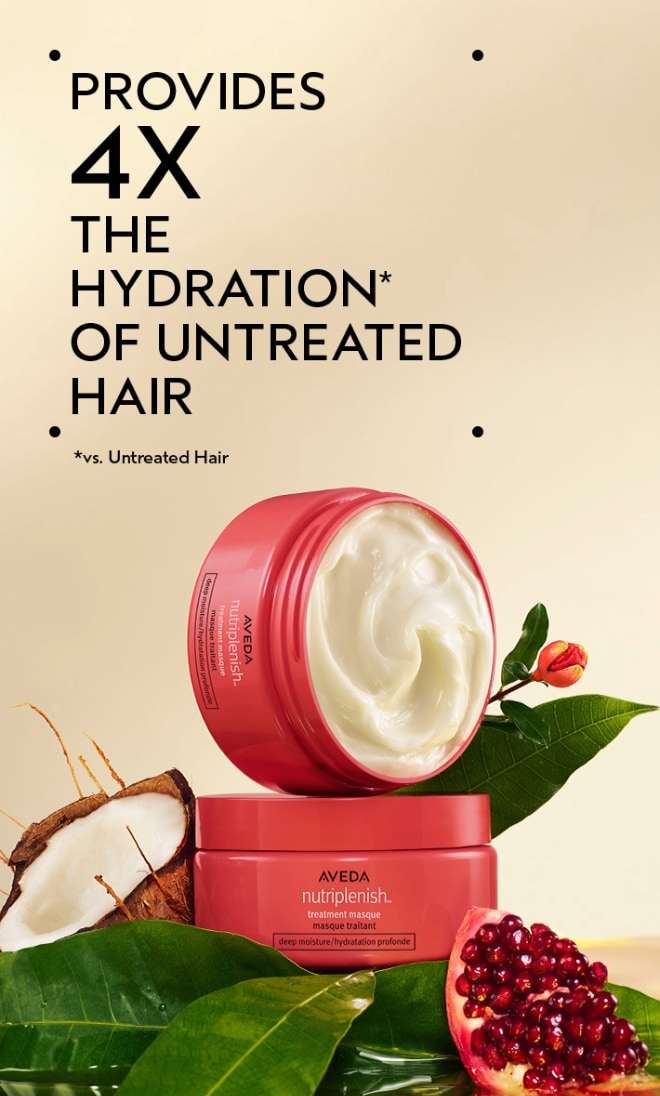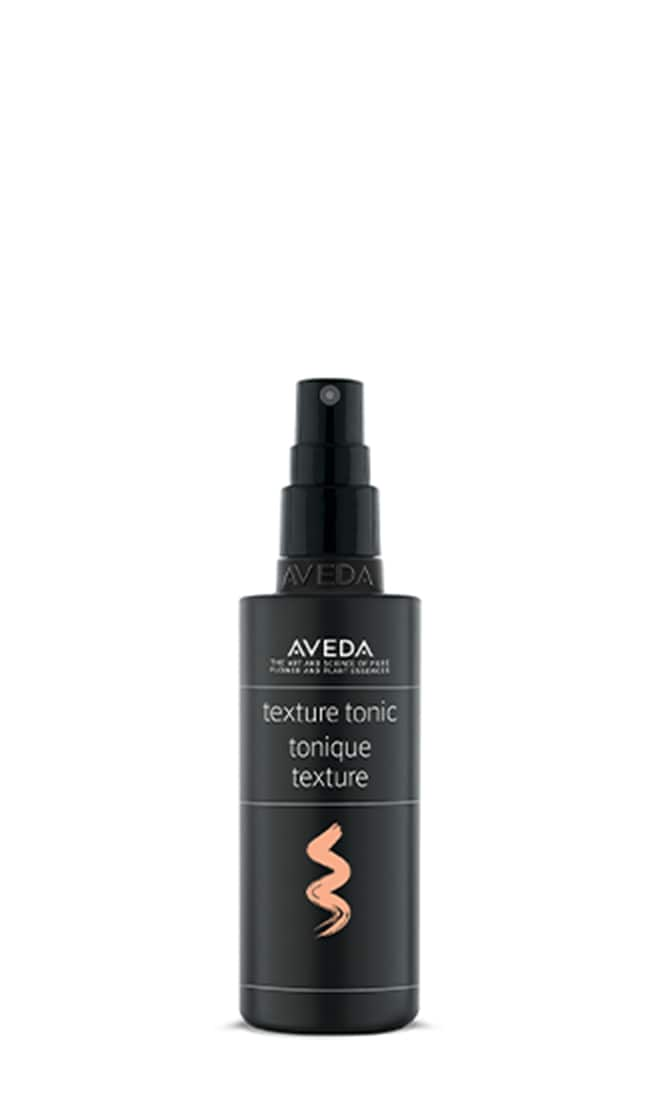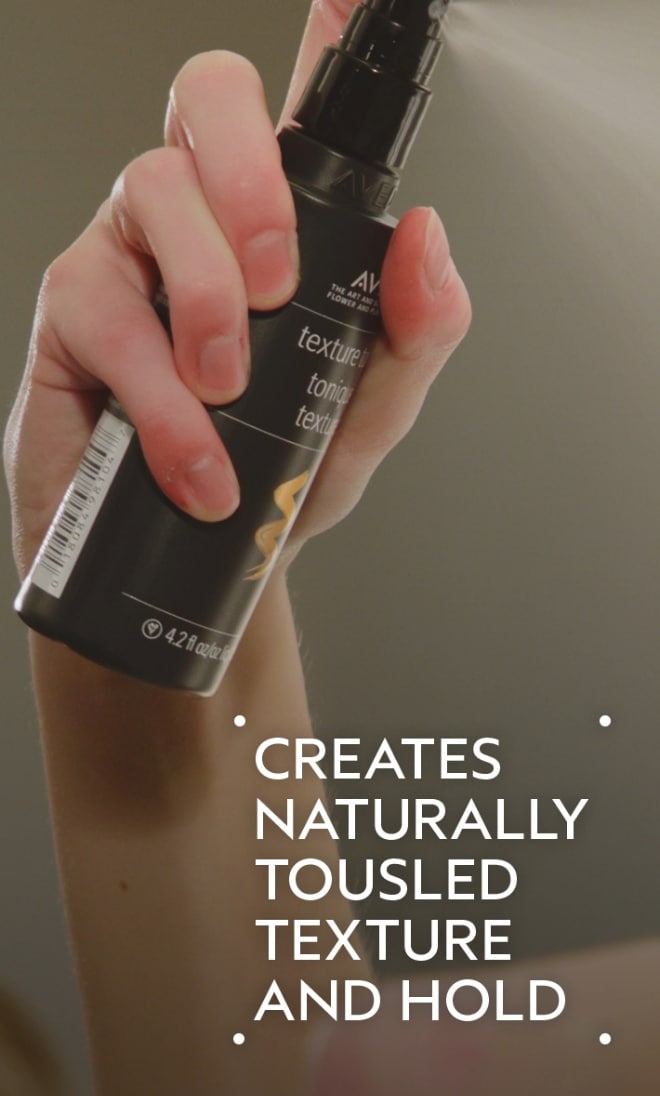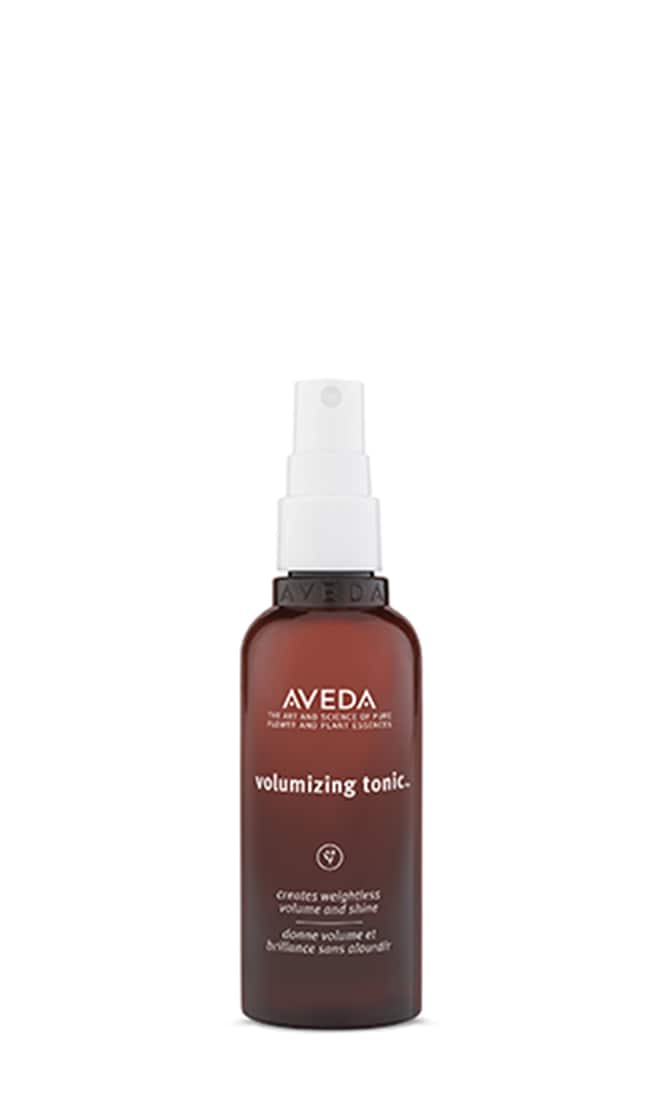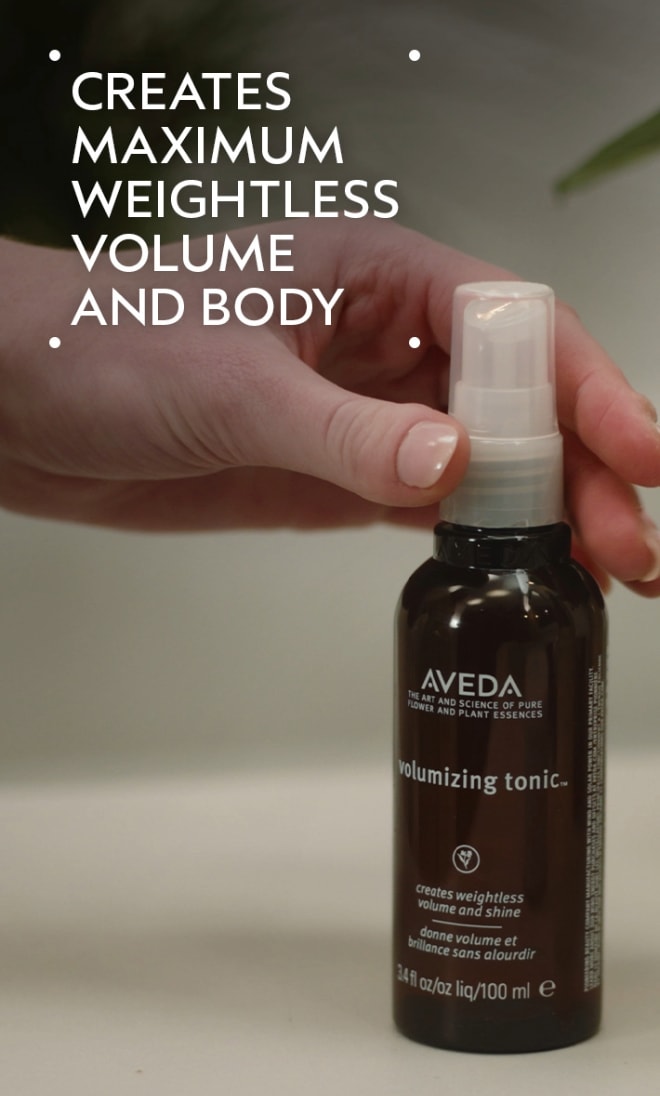There’s also the possibility that you thought you had one type of hair, but you actually have another. Your hair can change over time, including with age or via damage or environmental factors. Maybe you’re right in the sweet spot between 2C (strong wavy) and 3A (subtle curly) hair and need help figuring out how to bring your ringlets to life. Perhaps you’re looking for the right products to keep your coils hydrated or your waves defined, not frizzy, in humid weather. Whatever you’re looking for, knowing your curly hair type and texture can help you answer those questions.

How to Determine Your Hair Type and Curl Pattern
Understanding your curly hair type is key to unlocking the cuts, colours, styles and products that enhance your natural beauty.
Below, learn how to identify your curly hair type and curl pattern,
and learn about expert-curated product picks to bring out the best in your hair.


Type 1 Hair: Straight
Model hair type: 1A
If your hair dries straight with absolutely zero bends, waves, or curls, it’s classified as Curly Type 1, straight.
There are no sub-groups for straight hair.

Type 2 Hair: Wavy
Wavy hair tends to follow an “S” shape and sits closer to your head than curls or coils.
Model hair type: 2B

Type 3 Hair: Curly
Type 3 hair can be anything from loose, soft curls to full-on spirals. Frizz and dryness are two major pain points for curly hair types.
Model hair type: 3C
3A Hair: People with 3A hair have big, loose, loopy S-shaped curls that are about the circumference of sidewalk chalk. If you have 3A curls, give them a good scrunch when styling to help define and enhance their shape.
Product picks: nutriplenish™ leave-in conditioner doesn’t just condition, but also offers thermal protection up to 450 degrees Fahrenheit if you’re using hot tools.
3B Hair: These are springy, medium curls that can be prone to breakage. If you’re not already using a microfiber towel or T-shirt to dry your hair, it’s time to start! Fight dryness with hydrating products and humectants.
Product pick: Treat your curls while you sleep with nutriplenish™ overnight serum. (Don’t worry, it’s “pillow proof!”)
3C Hair: Strong curls that are typically voluminous, tight and corkscrew-shaped. This curl pattern craves moisture and products that nourish, strengthen and nurture the curl pattern. Our experts love using a combo of be curly advanced™ stylers for protected, defined curls.
Product picks: be curly advanced™ curl enhancer cream + coil definer gel for extra hold.

Type 4 Hair: Coily
Coily hair is the tightest of the patterns and can range from fine to coarse. Coily hair starts right at the scalp and is often prone to dryness and breakage.
Model hair type: 4B


